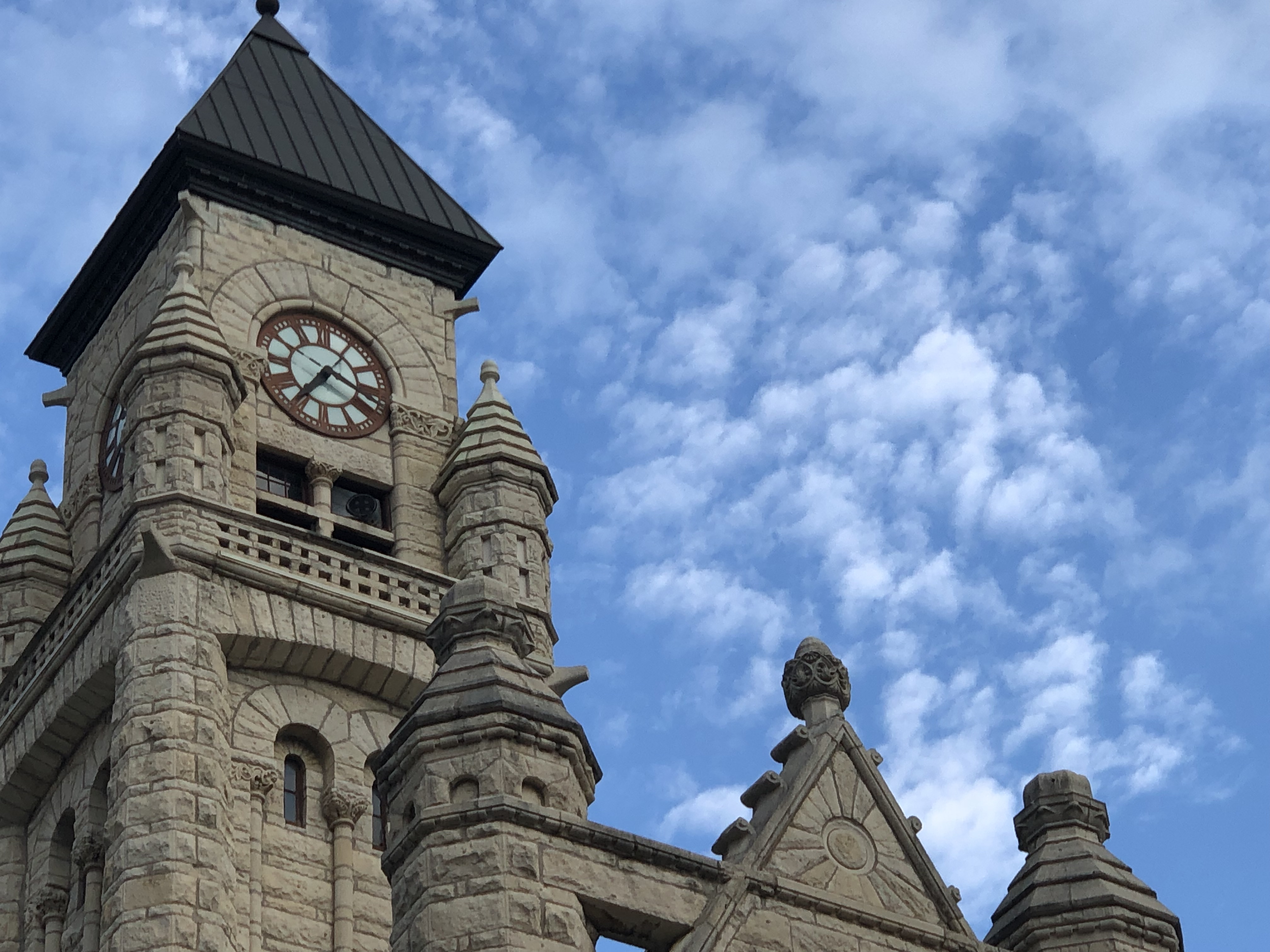Sometimes a project just falls into your lap. In 2010, I arrived early for a board meeting at Rotary Club headquarters. In the meeting room was a coffee maker. I started searching for some cups. The cabinets were chock full of stuff, above and below the sink.
That stuff was the Rotary Club’s history, nearly 100 years of it.
I went back the next day with boxes and a cart and took it all away. That was the start of a project that would consume several years and draw in several more club members.
What did we find? More than 24,000 pages and images, from club newsletters to membership rosters and cards to portraits of all 107 presidents up to that time.
Taken together, the material told a story of the club’s impact on Wichita that even members didn’t fully appreciate. Wichita Rotary began like a social arm of the Chamber of Commerce.
But it quickly became a movement of movers and shakers, determined to help Wichita develop economically and culturally.
If there’s one figure who stands out in that tale, it’s the club founder, Harry Stanley. In August of 1911, the 31-year-old Stanley travelled to an insurance convention in Chicago. A fellow agent told him about the Rotary organization, which had been started by four young businessmen a few years earlier. Stanley returned home determined that Wichita would have its own Rotary Club. He quickly recruited a dozen fellow businessmen. Two weeks later, 51 more joined them in successfully applying for a Rotary Club charter, which they celebrated with a dinner.
The Wichita club – No. 30 – is today the 17th largest of more than 35,000 worldwide, and much of its influence locally through the years can be traced to the example set by Stanley.
So who was Harry Stanley?
He was born in Wichita in 1880, the same year his father became the 15th governor of Kansas. He attended Baker University in Baldwin, Kan., playing basketball and studying voice, for which his 6-foot-4 frame and excellent basso profundo voice (an octave below bass) were well suited. He graduated from Columbia University in New York and thought about staying to pursue an operatic career. Instead, he spent a year traveling around Europe, then returned to Wichita at age 25 to become an agent for the Equitable Life Insurance Co., where he worked 57 years.
Stanley’s determination to bring the Rotary to Wichita was part of a greater mission to make Wichita into a metropolitan center by networking with other clubs across the nation. A year after founding the Wichita club, Stanley was made vice president of the overall Rotary organization, which had doubled in size and expanded into Canada and Great Britain.
Stanley wanted Wichita members to become familiar with and trusting of one another. Bi-weekly dinners were focused on members speaking about their business or profession. What did a real estate agent do, and why? How were farm loans given out? What was the latest in adding machines, dentistry, electric wares?
Within a few years, Stanley and fellow members launched a campaign to make Wichita the site of one of the Rotary organization’s national conventions. No doubt, hosting thousands of Rotarians and their wives from across North America would have been a booster’s paradise. Alas, and despite expending much energy and effort, it never happened.
But that didn’t dampen Stanley’s enthusiasm. One of his most successful promotions was the “Wichita Quartet” he first organized for the 1913 International Convention in Buffalo, with himself naturally singing bass. They were a hit at the convention and subsequent get-togethers, eventually traveling 37,000 miles and singing 2,000 songs to promote Wichita. At the 1927 convention in Belgium, they memorized songs in 12 different languages and performed at a dinner for King Albert, who was himself a Rotarian.
Thanks to Harry Stanley, the Wichita Rotary club still begins each meeting with a song.
Stanley’s most important legacy – besides the club itself – may have been “The Great Wichita Rotary Fly-In of 1929,” which he dreamed up with fellow member Merle Bennett. The national Rotary convention was in Dallas that year, and the two Wichitans organized a “flying squadron” to travel there by 15 planes built in Wichita, piloted by the likes of Walter Beech. Once there, more than 400 convention delegates from around the world were taken on flights over Dallas themselves.
It was, said the president of one airline, “the single biggest boost ever given to aviation in Wichita.”
Stanley had described his original 12 Wichita Rotary recruits as “live wires.” It’s clear that Stanley was the liveliest wire of them all.
This article is adapted from a speech that Clark Bastian gave earlier this year. Bastian is chairman and CEO of Fidelity Bank and former president of the Rotary Club of Wichita. Other members who worked on the club history project include Eric Cale, Arlen Honts, Jan Luth, Eric Melgren, writer Bob Hamrick and Bill Gardner, whose Gardner Design firm designed an accompanying booklet. The booklet, “This the Wichita Rotary Built,” is available at area libraries.










